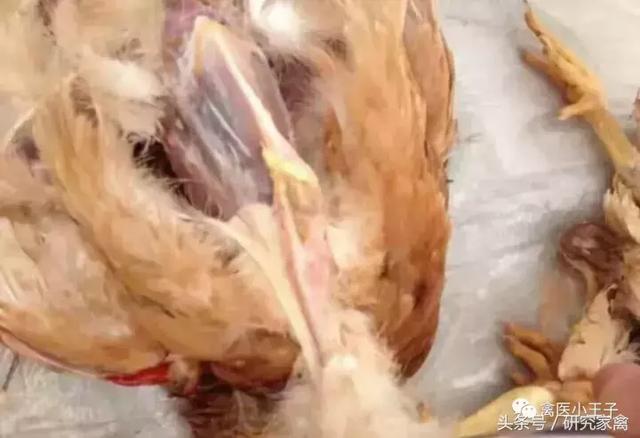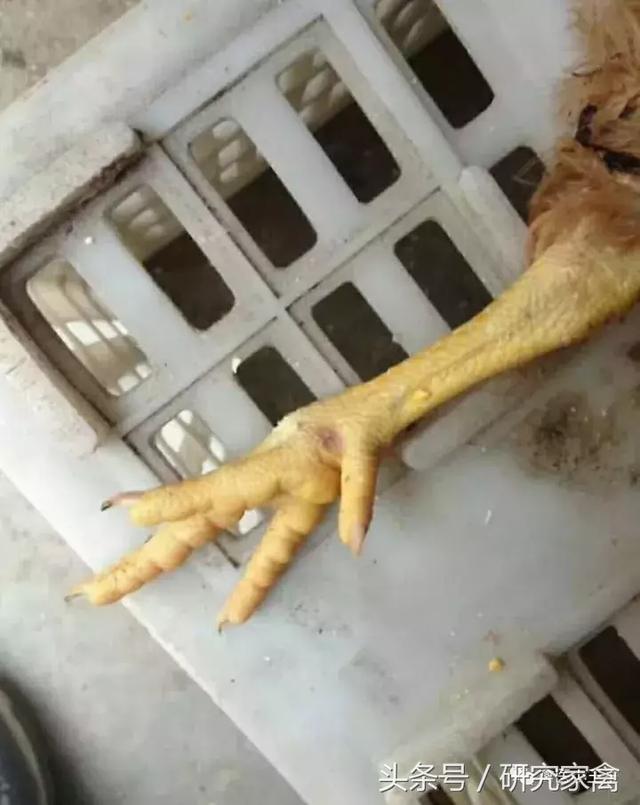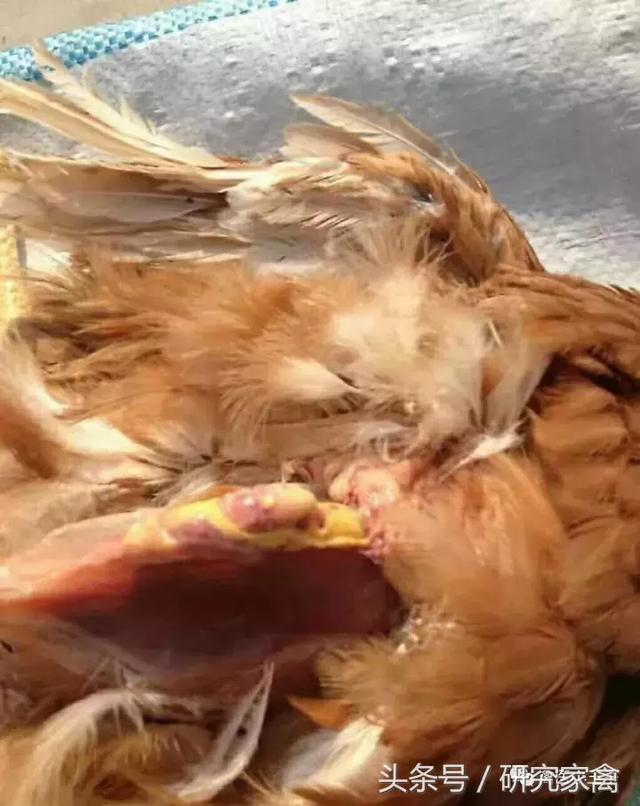How do breeding friends judge chicken infectious synovitis?
How about the prevention of chicken infectious synovitis?
2017-12-14 Poultry Doctor Little Prince


Infectious synovitis, also known as Mycoplasma synovium, is an infectious disease caused by Mycoplasma synovium in chickens and turkeys, characterized by exudative synovitis, tendon sheath synovitis and mucocystitis.
It is actually a kind of slow breathing disease, but the respiratory symptoms are not obvious, occasionally sick chickens have difficulty breathing, and airbag infection is found after slaughtering. The virus mainly affects the synovium of tibial-plantar joint and foot pad of chickens. In severe cases, it can spread to the synovium of other joints, causing exudative synovitis, synovial bursitis and tenosynovitis.

In recent years, the harm of infectious synovitis in chickens has gradually increased. There is no vaccine to prevent and control the disease. the most important thing of infectious synovitis infection is that the elimination rate of chickens is high, and there is no egg laying peak. The effect of early treatment was obvious, and there was no therapeutic value after 120 days of age.
Etiology of infectious synovitis
Mycoplasma synovium and Mycoplasma septicum are similar in many ways. Mycoplasma synovium is slightly smaller than Mycoplasma septicum, with a diameter of about 0.2 microns. The colony is characterized by a round bulge, slightly like a flower lattice, with protruding center or no center. It is also similar to Mycoplasma septicum in terms of resistance.
II. Popular characteristics
Naturally, it is mainly found in chickens and turkeys, white-feathered broilers, acute type is more common in 4mur16-week-old chickens, chronic type can occur at any age, sometimes lasting for a lifetime. The morbidity is usually 5% Mel 75%, and the mortality rate is 1%-10%. It can be transmitted vertically or horizontally. Newcastle disease and transmission virus (including vaccine strains) infection is the cause of the disease.
III. Clinical symptoms
Sick chicken mental fatigue, loose feathers, emaciation, like lying, pull white water sample stool. The tarsal joint of the diseased chicken is swollen, and some of them are swollen at the bottom of the toe, which is wavy and hotter than the normal part. Walking shows claudication, seriously unable to stand and walk, difficult to eat and drink.

Cymbal
IV. Changes in autopsy
The appearance of the swollen joint is red and swollen and the skin thickens, and there is an outflow of red fluid after incision. There is a yellowish or grayish white creamy exudate in the tarsal joint and its surrounding tissue, and the longer course of the disease is yellow caseous substance. Among them, all the joints of the wings and legs of the more seriously sick and dead chickens had the above changes. The liver and spleen of the dead chicken were enlarged, the kidney was slightly swollen, and the renal tubules were deposited with urate. There was no significant change in the rest of the internal organs.

Cymbal
I. Prevention and control measures
The main contents are as follows: 1. Pay attention to the feeding and management during the breeding period, and focus on the reasonable coordination of temperature, density and ventilation to reduce the stress of temperature difference and achieve scientific breeding.
2. Freeze-dried vaccine should be imported to immunize chickens, and fowlpox vaccine should be imported as far as possible.
3. Zhiyuanjing or Baimiaolin should be used for prevention regularly during the breeding period.
4. Strengthen environmental disinfection, reduce environmental pollution and prevent horizontal transmission.
5. Now there is no vaccine against synovial fluid mycoplasma (synovitis).
- Prev

Spring propagation and strong colony of honeybee culture technology
Beekeeping lies in spring all the year round, and spring propagation management is the key. There are strong groups in early spring and there is hope for a bumper harvest throughout the year. The weather is fine, high yield and bumper harvest of pulp, honey and powder.
- Next

Shrimp Culture of Penaeus vannamei: successfully starting from Seedling
In July 2016, breeding Diantong came to Zhanjiang Haimao Shrimp Seedling Company in Guangdong Province for an one-month study exchange, during which the author developed shrimp fry.
Related
- On the eggshell is a badge full of pride. British Poultry Egg Market and Consumer observation
- British study: 72% of Britons are willing to buy native eggs raised by insects
- Guidelines for friendly egg production revised the increase of space in chicken sheds can not be forced to change feathers and lay eggs.
- Risk of delay in customs clearance Australia suspends lobster exports to China
- Pig semen-the Vector of virus Transmission (4)
- Pig semen-the Vector of virus Transmission (3)
- Five common causes of difficult control of classical swine fever in clinic and their countermeasures
- Foot-and-mouth disease is the most effective way to prevent it!
- PED is the number one killer of piglets and has to be guarded against in autumn and winter.
- What is "yellow fat pig"? Have you ever heard the pig collector talk about "yellow fat pig"?

